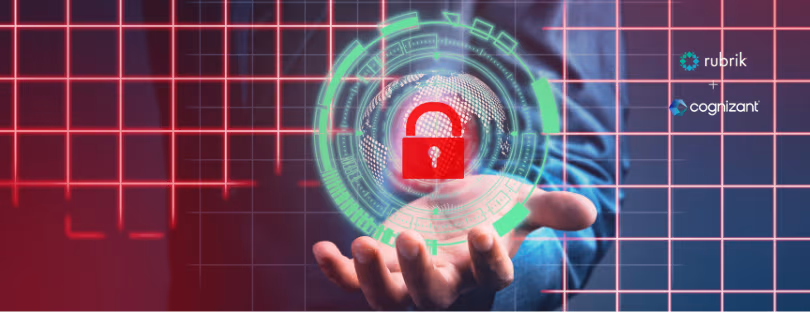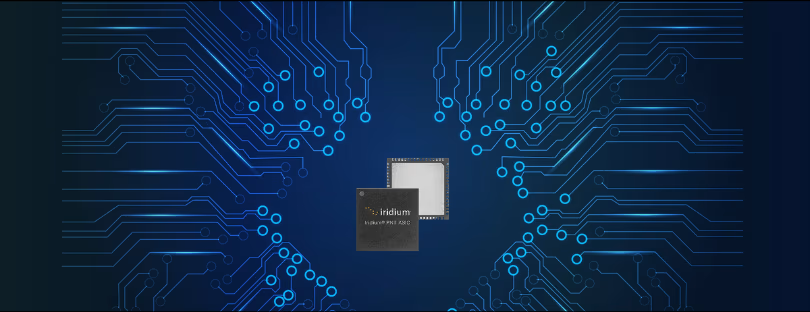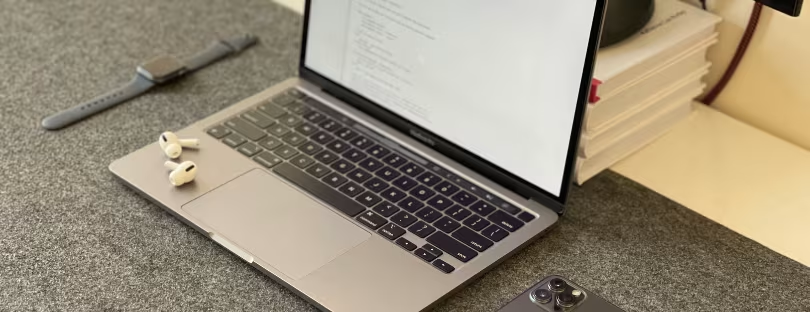
Cognizant and Rubrik Introduce Business Resilience-as-a-Service for the AI Era
The way companies manage their data and defend against cyber threats is changing fast — and not necessarily on their terms. As AI adoption accelerates and infrastructure spreads across clouds, edge environments, and distributed teams, the surface area for cyberattacks grows in lockstep. Organizations aren’t just trying to prevent breaches anymore; they’re trying to survive them.
This is the context behind the newly expanded partnership between Cognizant and Rubrik — a collaboration designed to rethink how enterprises prepare for and recover from cyber incidents. Together, the companies are launching Business Resilience-as-a-Service (BRaaS), one of the first subscription-based, pay-as-you-go models that promises clean recovery at business speed, not just IT speed.
The message is clear: in a world where ransomware and data corruption are unavoidable, resilience has to be built in — not bolted on afterward.
Why Business Resilience Matters More in the AI Era
AI is not just transforming industries — it’s transforming the infrastructure that powers them. Companies are standing up new data pipelines, integrating third-party models, plugging into external APIs, and pushing workloads across cloud regions and providers.
More AI means:
- More data
- More distributed systems
- More third-party code and integrations
- More points of failure
And with that expansion, cyber attackers are having a moment.
Ransomware has grown more sophisticated, more automated, and in many cases, more patient — attackers infiltrate systems quietly, wait, observe, and strike at the moment of maximum operational disruption. According to multiple security reports, the average cost of a ransomware breach can now stretch into the millions when factoring in downtime, system re-stabilization, regulatory penalties, and brand damage.
It’s no surprise, then, that CEOs and CIOs are thinking less about pure cybersecurity and more about business continuity. The core question has shifted:
“Not how do we stop every attack — but how fast can we get back on our feet?”
What Business Resilience-as-a-Service Brings to the Table
Cognizant and Rubrik are positioning BRaaS as the answer to that question.
Rubrik contributes its cyber resilience and AI security platform, built to protect data and ensure clean restoration even after deeply embedded ransomware or unauthorized AI agent actions. Cognizant brings global delivery scale, industry expertise, and integration depth across hybrid and multi-cloud environments.
The BRaaS model aims to move clients from reactive recovery to proactive readiness, where even if a breach happens (and realistically, it will), the business doesn’t grind to a halt.
Key elements of the joint offering include:
- Flexible, pay-as-you-go consumption rather than heavy upfront investment.
- Recovery aligned to business outcomes, not just systems uptime.
- A unified resilience framework that integrates across cloud, security, and IT operations.
- Cognitive automation and AI agent oversight, ensuring AI systems don’t create their own failure loops.
Rubrik CEO Bipul Sinha put it simply: organizations need to shift “from simple prevention to true resilience.” Cognizant CEO Ravi Kumar S echoed that the partnership helps enterprises move “from reactive recovery to proactive resilience.”
This isn’t about just restoring a server. It’s about restoring operations, trust, and continuity.
Where AI Fits In: The Rise of Agentic Automation and “Undo” Capabilities
Here’s where the partnership gets particularly timely: the rise of AI agents — autonomous systems that act on data, make transformation decisions, and trigger operational workflows.
If one of these agents goes off-script, breaks something, or introduces corrupted logic into core workflows, that’s not just an IT issue. That’s a business outage.
Rubrik’s Agent Rewind aims to solve this problem. It gives enterprises the ability to undo destructive AI agent actions — like a version-controlled safety net for automated decision-making.
Pair that with Cognizant’s Neuro® AI platform, which focuses on orchestrating multi-agent AI deployments across industries, and you get a layered approach where:
- Data is protected and trackable.
- AI workflows are recoverable.
- AI-driven operations don’t turn into AI-driven chaos.
The result is resilience built specifically for the AI era—where recovery is no longer only about cyber threats but also about operational integrity when automation touches everything.
Why This Model Matters in the Competitive Landscape
Cognizant and Rubrik are not the only players chasing resilience. Major cloud and security vendors are developing similar storylines:
| Company | Offering Focus | Strengths | Trade-Offs |
|---|---|---|---|
| Microsoft (Sentinel + Security Copilot + Backup integrations) | Cloud-native AI security + backup orchestration | Tightest cloud integration | Strongly Azure-centric |
| Palo Alto Networks (Cortex + Prisma) | Broad security fabric with AI threat intel | Best-in-class threat detection and SOC tooling | Less focused on recovery after breach |
| IBM + Cohesity | Cyber vaulting and mainframe-grade recovery | Enterprise reliability and compliance strength | Higher implementation complexity |
| Rubrik + Cognizant BRaaS | Business outcome-aligned resilience + AI safe recovery | Operational continuity focus + flexible consumption model | Needs tight integration to deliver full value |
The differentiator here is not just security — it’s service delivery and recovery speed. Cognizant can operationalize resilience at scale for highly regulated sectors like finance, healthcare, energy, and government — where downtime is existential.
This is where BRaaS becomes more than a product. It becomes a strategic operating model.
So, What Does This Mean for Enterprises Now?
The shift is already underway. Organizations are beginning to:
- Assume cyber incidents will happen.
- Design for continuity, not just protection.
- Build AI systems with rollback as a first-class requirement, not an afterthought.
- Treat resilience as an ongoing operational discipline, not a one-time setup.
And the companies that do this well won’t just survive attacks—they’ll recover faster than competitors, maintain customer trust, and keep business moving.
In markets where speed is an advantage, resilience is a strategy.
Final Take
The Cognizant–Rubrik partnership lands at a pivotal moment. Cyber threats are getting sharper, AI systems more autonomous, and IT environments are more fragmented. Traditional disaster recovery models simply don’t match the speed, scale, or complexity of modern digital operations.
Competitors will continue to expand into this space — and that’s good. The industry should be moving toward resilience-first architecture. But the notable advantage here is Cognizant’s ability to industrialize resilience as a service rather than a project, and Rubrik’s clear focus on clean, rapid, AI-aware recovery.
Resilience is becoming a boardroom priority, not just an IT line item. And BRaaS — if implemented well — could become the blueprint.
Not for how companies prevent attacks.
But for how they keep going when the attacks inevitably come.










